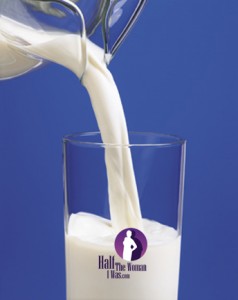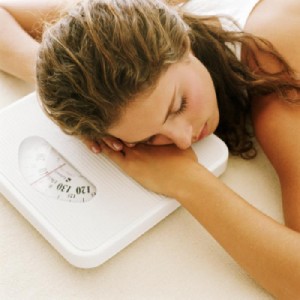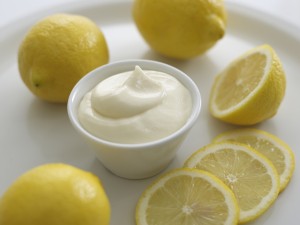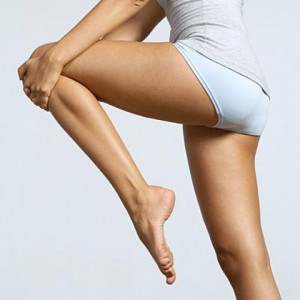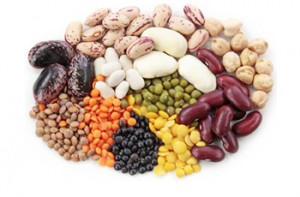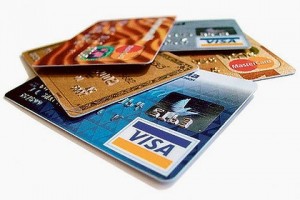
Did you know that your job may be hazardous to your health? That’s right, if you spend 10 or more hours a day sitting on your backside then you’re actually 48% more likely to die than those spending less than 4 hours on their arse.
It’s no secret that office spaces have been set up for time efficiency, and that means minimising any unnecessary movement. It also means you’re much more likely to gain weight, increase the strain on your back, wrists, eyes and neck, and lose muscle tone. And then there’s the stress factor which can lead to depression, cardiovascular disease, a lack of energy and a myriad of other health issues.
The big drawback to office workouts is peer pressure – doing them obviously can make you look like a geek and become a target for office politics if colleagues think you’re exercising rather than doing your work. Little do many realise that squeezing in a little exercise actually improves your concentration and makes you more productive – so you can get more done in less time.
So to avoid the office politics here are some exercises you can do in relative secret. Pick a few that are the most discrete for you in each category. They will help you not only perform better at work, but live longer too.
Stretches
Are imperative, particularly for your wrist and arms if you’re using a computer. Do them at your desk or before meetings commence.
Neck Stretch: Slowly tilt head toward shoulder. Hold for ten seconds. Alternate sides.
Shoulder Stretch: Roll both shoulders forward in a circular motion. Roll both shoulders backward in a circular motion. Repeat ten times.
Wrist Stretch: Stretch arm out with palm down. With other hand, pull fingers down. Hold for three seconds. Then pull up on fingers. Hold for three seconds. Repeat, alternating three times.
Hand Stretch: Make a fist and squeeze. Hold and release then stretch your fingers. Repeat ten times
Ankle and Calf Stretch: Hold one foot off the floor with your leg straight. Flex your ankle pointing your toes up. Extend you ankle pointing your toes down. Do ten times and repeat with other leg. Next, draw a circle with your toes, moving one foot clockwise and then counter-clockwise. Change feet.
Lower Body Exercises
Do these whilst standing or sitting at your desk or in an office meeting, or standing at the photocopier or printer or whilst waiting for the lift (if you can’t take the stairs).
Seated Leg Lifts: Sit tall and start with feet flat on floor. Hold your abdominal muscles tight. Extend one leg until it is level with your hip. Hold for ten seconds. Slowly lower leg. Repeat 15 times. Change legs.
Seated Leg Cross: With legs straight, cross one on top of the other. Raise them off the floor. Press top leg down and resist with bottom leg. Do until muscles are tired. Repeat with opposite legs top and bottom.
Seated Hip Flexion: Sit tall with the abs in and lift the left foot off the floor a few inches, knee bent. Hold for 2 seconds, lower and repeat for 16 reps. Repeat on the other side.
Seated Leg Extension: Sit tall with the abs in and extend the left leg until it’s level with hip, squeezing the quadriceps. Hold for 2 seconds, lower and repeat for 16 reps. Repeat on the other side.
Seated Inner Thigh Pulses: Place towel, firm water bottle or an empty coffee cup between the knees as you sit up tall with the abs in. Squeeze the bottle or cup, release halfway and squeeze again, completing 16 reps of slow pulses.
Standing Leg Lifts: Lift one leg to the back or side, keeping it straight. Slowly lower it. Change sides.
Standing Leg Swings: Lift one leg to the back or side, bend your right knee. Swing leg forward and back for 30 seconds (make sure you don’t kick anything). Repeat with other leg.
Standing Butt Kicks: Stand with one leg straight. Try to kick your buttocks with the heel of your other leg. Repeat ten times with each leg.
Standing Calf Raises: Stand up tall and raise your heels off the floor (on your toes). Slowly lower them. Repeat ten times.
Standing Leg Circles: Stand with your feet shoulder-width apart. Shift weight to left leg. Lift right leg behind you. Hold on to your desk or chair for balance. Slowly circle your left leg clockwise 25 times and counter-clockwise 25 times. Switch legs.
Upper Body Exercises
Seated Bicep Curls: Sit tall with abs pulled in. Hold water bottle in right hand and curl it up towards your shoulder. Repeat 15 times. Change arms.
Seated Front Arm Raises: Hold a water bottle in your right hand and bend your elbow at 90 degrees. Extend arm overhead (like you’re going to throw the water all over your back). Lower arm and repeat 5 more times. Repeat with other arm.
Seated Palm Push: Put your hands on table, palms down. Press down as strongly as you can for as long as you can, then release. Repeat 5 times.
Shoulder Shrug: Seated or standing raise the top of your shoulders toward ears. Hold for three to five seconds then relax. Repeat 5 times.
Ab Exercises
Pelvic Contractions: Contract your pelvic floor muscles and hold for five seconds. Relax. Repeat five times, three times a day.
Seated Swiss Ball: Sit on the ball and find your balance. Pull your navel in. Pull your shoulders back (no slouching). Place feet hip width apart.
Side Bends: Sit or stand up straight and old a water bottle with both hands and stretch it up over the head, arms straight. Gently bend towards the left as far as you can, contracting the abs. Come back to center and repeat to the right. Repeat 10 times.
Seated Ab Twists: Sitting up straight hold a water bottle at chest level and, keeping the knees and hips forward, gently twist to the left as far as you comfortably can, feeling the abs contract. Twist back to centre and repeat to the left. Repeat 10 times.
Seated Chair Squat: While sitting, start to stand up but stop once your hips are just hovering over the chair, arms out for balance. Hold for 2-3 seconds then stand all the way up. Repeat 10 times.
Chair Dips: Make sure your chair is stable (no wheels). Stand in front of it and place your arms next to your hips and grab the chair arms. Lowering the body until the elbows are at 90 degrees then slowly push back up. Repeat 10 times.
8 Final Tips to Follow
- Stand rather than sit whenever possible.
- When seated use good postural techniques, sit up straight, backside out (so weight rests on your thighs not lower back) and suck your abdominal muscles in.
- Get up at any opportunity, and move with speed to get your heart rate going.
- Fidgeting like rapidly tapping your feet and talking with your hands can burn up to an extra 350 calories a day.
- Whenever possible visit colleagues rather than e-mailing them, they’ll appreciate the face to face contact.
- Make sure you drink plenty of water, using the water cooler or filter farthest away from you to fill up so you walk further.
- Take 3 or 4 deep breaths in through your nose and out through your mouth every hour to increase oxygen flow, relax and lower your heart rate.
- Laugh as often as possible to exercise your stomach muscles, diaphragm and heart, alleviate stress and improve your mood.

